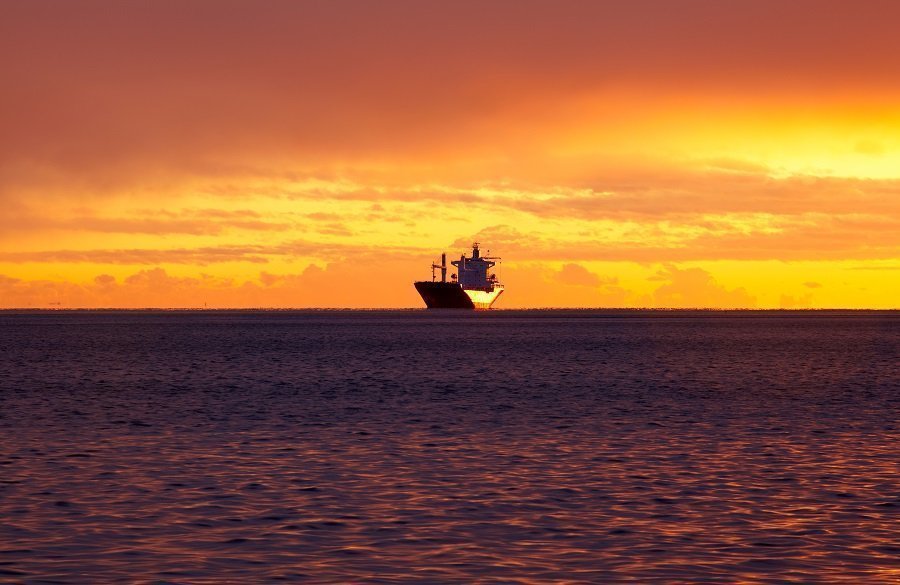The vast majority of world ships had to change the fuel they used since the beginning of the year. For the oil refining and marine industries of the world, there has been winners and losers with this historical change.
The regulations forced vessels on January 1 to consume a sharply reduced form of sulfur oxide emissions of fuel called bunkers. If the rules are successful, the greatest, global mandatory improvement ever made in air quality can be achieved. Pollutants are said to worsen conditions such as cardiovascular disease and asthma and cause acid rain. As a result, they threaten the life health and quality of all living things and future generations.
However, the cost of the new fuel passed diesel and gasoline in Asia’s oil trade center Singapore. Dynamic increases the cost of transporting goods and raw materials – a potential barrier to global supply chains, as fuel represents the biggest expense of the shipping industry.
The cost of world trade increases as the bunker menu increases Although the increase is currently largely unnoticed for end consumers, some operators may face financial difficulties if fuel prices remain high.
IMO 2020, as its rule is known, is a mandatory regulation in many parts of the world where the rate of sulfur in marine fuel is reduced from maximum 3.5 percent to 0.5 percent. As it was decided in October 2016, the date of implementation is January 1, 2020.
The price increase points to an important financial support for refineries making the new product. Likewise, some shipowners take advantage of the situation, as they use units that have taken precautions before, allowing them to burn the cheaper old sulfur-rich product.Before the rules came into effect, some shipowners spent billions of dollars investing in exhaust gas purification systems that prevent sulfur from releasing into the air. The equipment allows its ships to use old fuel without violating the rules.
The investors who did this investments are a few steps ahead of the competition compared to those who do not, as the price difference between old fuel and new fuel is very high.
According to Clarkson Research Services data, which is a unit of the world’s largest ship broker, supertankers, attracting 2 million barrels, have earned approximately $ 20,000 (Dh73,450) so far this year if equipped with washers. If the current market continues, this means saving about $ 7 million a year.
With this account, scrubber investments can be amortized back in less than a year. The good thing is that the freight rates for oil tankers are already very high compared to historical data, so even those who don’t invest in these systems make good money.
However, it can become a problem in markets where weak freight rates prevail. For example, Capesize bulk carriers (the largest cargo ships that could not pass through the Panama Canal) built in 2010 are required to tour the Cape of Umit. Such a giant ship carrying iron ore earned about $ 4,000 a day this year. This amount is not sufficient to cover even operating costs, including crew and repair. Equipped with Scrubber, the same ship earned about $ 10,000 more per day. This isn’t great either, but it’s a level where they can survive.
If the current market does not improve, these low gains may eventually discourage some ship operators to carry freight, which gives the owners of the invested ships an advantage. In this case, it is a positive expectation for market health to hope that the price of new fuel will decrease. Otherwise, if the price does not decrease, the loans will fall in default and will hurt much.
Bunkerist

